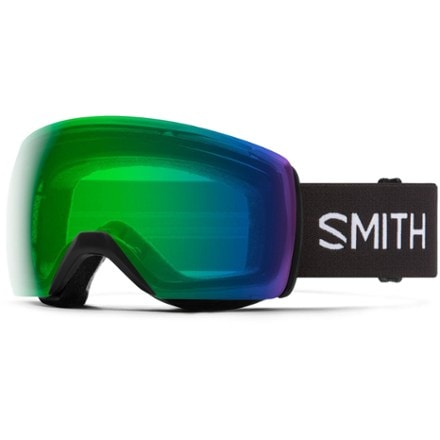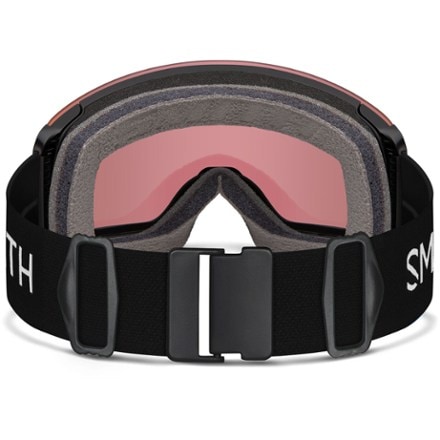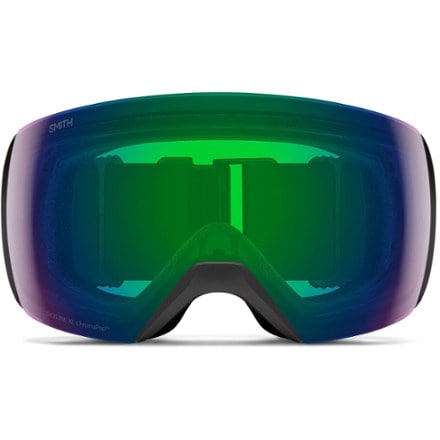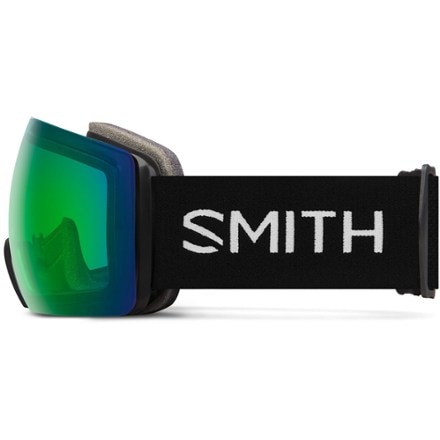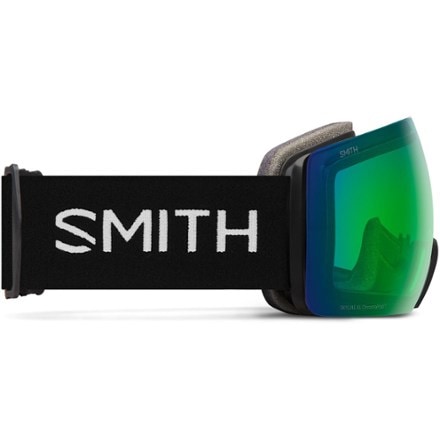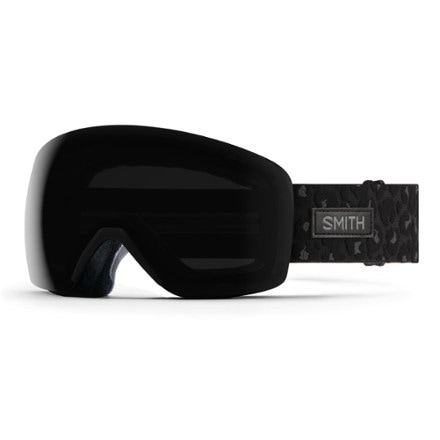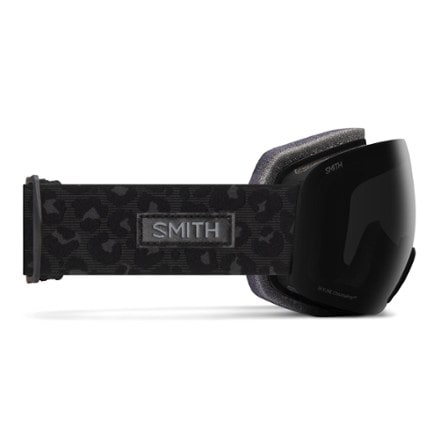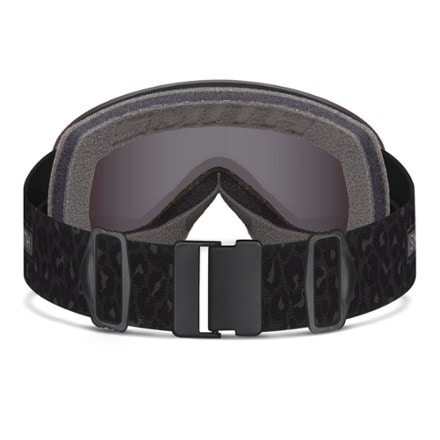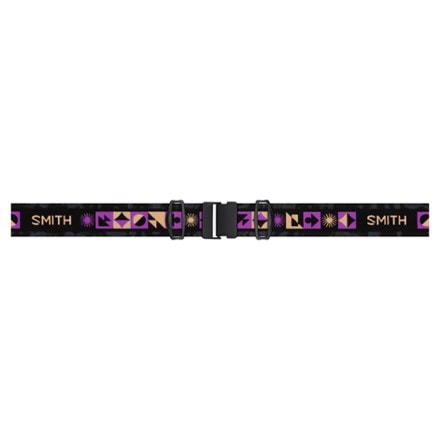Smith Skyline
(2 products)- Snowsports (2)
- Snowboarding (2)
- Snow Clothing (2)
- Skiing (2)
- Downhill Skiing (2)
- Made in USA (2)
- Interchangeable Lenses (2)
- Eyewear Compatible (1)
- Deals (2)
- Snowsports (2)
- Black (2)
- ChromaPop (2)
- Unisex (2)
- Spherical (2)
- SmithSkyline XL ChromaPop Snow Goggles$138.73Save 25%compared to $185.00(2)2 reviews with an average rating of 4.0 out of 5 starsREI OUTLET
- SmithSkyline ChromaPop Snow Goggles$110.73Save 40%compared to $185.00(1)1 reviews with an average rating of 1.0 out of 5 starsREI OUTLET
Related Expert Advice articles
Types of Bike Helmets
Recreational: An economical choice with impact protection for casual riding
Mountain bike: Extra rear head coverage for off-road and rugged trails with ventilation options
Road bike: Lightweight, aerodynamic and highly ventilated
Fit Tips
Measure your head’s circumference by wrapping a flexible measuring tape around the largest portion of your head (or use a piece of string, then measure its length).
Check brand sizing charts for your head circumference.
Aim for a snug fit but not too tight. If between sizes, go with the smaller size.
Added Protection
Look for technologies that reduce rotational forces during a crash, like Mips, WaveCel or KinetiCore.
Features
Vents: More vents improve airflow and reduce weight.
Visor/brim: Keeps the sun out of your eyes; common on mountain bike helmets.
Chin bars: Extra protection for downhill mountain biking or racing.
Understand lens shapes
- Cylindrical lenses curve horizontally but are flat vertically. They're more affordable but may cause more glare and slightly limit peripheral vision.
- Spherical lenses curve both horizontally and vertically, offering better peripheral vision, less distortion and less glare. They cost more than cylindrical lenses.
- Toric lenses also curve in both directions, but with a subtler vertical curve. They offer improved optical clarity and reduced distortion—at a higher price point.
Lens tint and visible light transmission (VLT)
VLT refers to the percentage of light that passes through the lens and reaches your eyes.
- Bright sunny conditions: Look for a low light transmission (less than 25%).
- Partly cloudy conditions: Aim for light transmission between 25%-50%.
- Overcast, stormy or low-light conditions: Look for 50% or higher light transmission.
- Night riding: Use clear goggles or lenses with 80%-100% light transmission
Other features to consider:
- Many higher-end goggles come with two lenses—one for low light and one for bright conditions
- Interchangeable lenses let you swap lenses easily.
- Photochromic lenses automatically lighten or darken depending changing light though there is a lag time.
Read full article: How to Choose Goggles for Skiing and Snowboarding
How to size a ski or snowboard helmet
- Helmets should fit comfortably and sit correctly on your head for the best protection.
- If possible, try helmets on in-person at your local REI store to find one that feels most comfortable.
- To find your size, measure your head circumference. Wrap a tape measure around your head, just above the ears and about 1" above your eyebrows. Consult the sizing chart for different brands to find the right size.
Key features to consider:
- Vents let cool air in and warm sweaty air out. Adjustable levers let you fine-tune airflow on the go.
- Liners: Customize warmth by adjusting liners or ear pads. Some removable liners can be washed.
- Audio: Helmets with built-in speakers let you listen to music.
- Googles compatibility: Make sure the helmet fits snugly to the top of the goggles, but not so low that it hinders vision or pushes down the goggles. There should be no gap between the top of your goggles and the helmet.
Happy riding!
